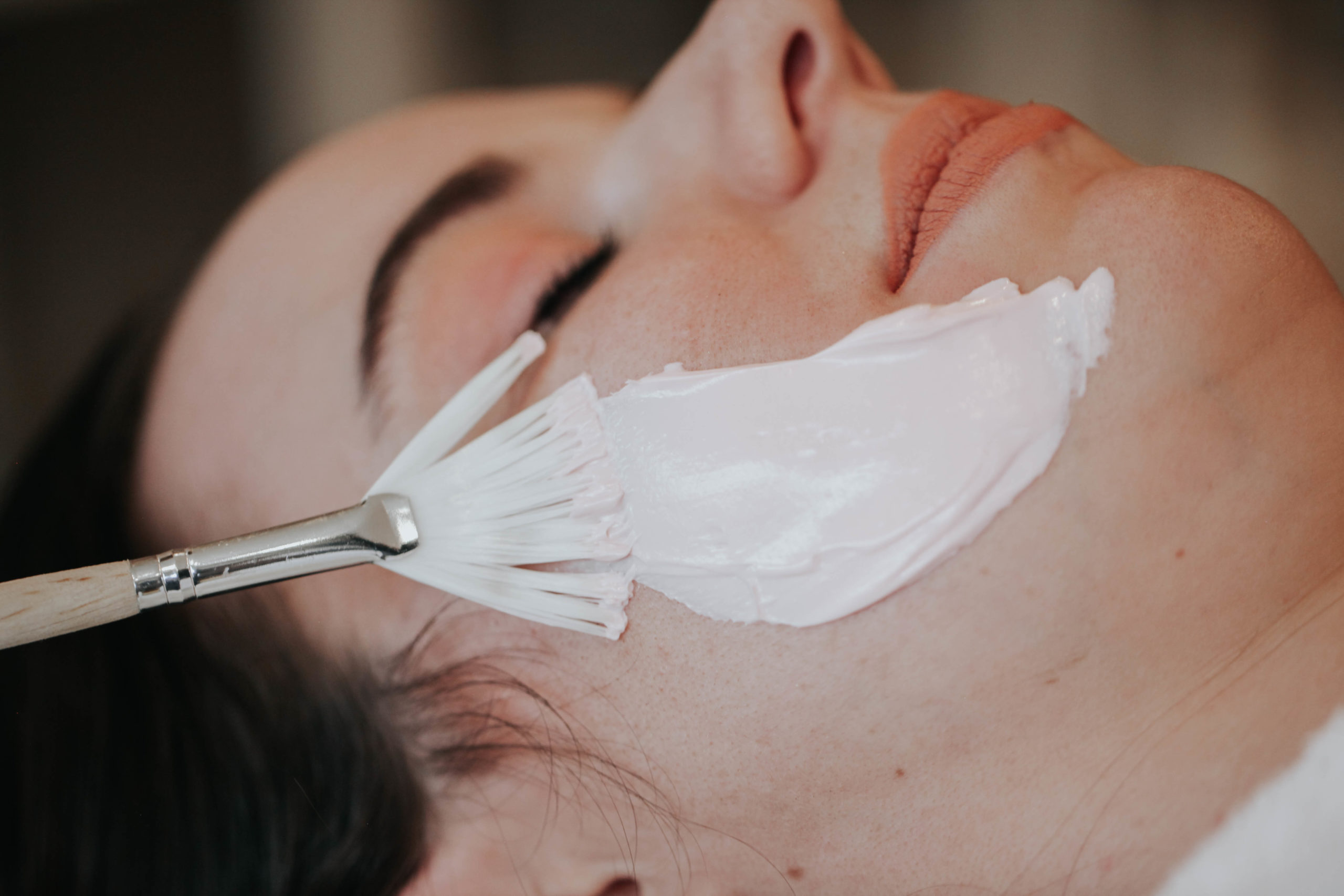
Five Things you Definitely Don’t Want in Your Skincare Products
The skin-care and cosmetics industries are very loosely regulated, especially in Canada — and as a result, there is a lot of misinformation out there.
The skin-care and cosmetics industries are very loosely regulated, especially in Canada — and as a result, there is a lot of misinformation out there. That means there is a lot of basic information we need to know for ourselves to help decide which skincare products to choose.
Many skin-care companies use a use a technique called “greenwashing” in which they market their products as healthy and harmless choices, using phrases such as “all natural” and “organic.” Unfortunately, due to the loose regulations surrounding labelling practices and ingredients, these terms can mean absolutely nothing — and the products can still be full of toxic chemicals and other harmful ingredients.
The only way to avoid being duped by these deceptive marketing techniques is to be your own advocate and read the labels. That is the only way to make sure you are making the healthiest possible decision for your body and the environment.
At Wild Flower we do the leg work for you. We have done a ton of research to provide the healthiest, most sustainably sourced ingredients available on the market. The proof is in the ingredients!
Good ingredients will give a much more noticeable and long-term positive result, changing the skin from within.
What goes on goes in.
It can take 26 seconds for a cream to penetrate your blood stream. That means, not only are you what you eat but you also are what you put on your skin.
These are the five ingredients you definitely don’t want on your skin.
Fragrances + Perfume
Fragrance on a label can indicate the presence of up to four thousand separate ingredients, many toxic or carcinogenic. Companies do not have to list them as they claim they are “industry secrets.”
Symptoms from fragrance exposure reported to the FDA include headaches, dizziness, allergic rashes, skin discolouration, violent coughing and vomiting, and skin irritation. Clinical observation has proven that fragrances can affect the central nervous system, causing depression, hyperactivity, irritability, inability to cope, and other behavioural changes. If that wasn’t bad enough fragrance actually ages you, causing brown spots and wrinkles through photosensitivity. Not only do you need to get rid of these in your skin-care products, but you also need to get rid of them from your home too. Breathing fragrance will potentially make you sick and literally age you from the inside out. Common items that include fragrance are scented candles, plug ins, air fresheners, laundry detergent and dryer sheets.
Sodium Lauryl Sulfate (SLS) & Sodium Laureth Sulfate (SLES)
These detergents and surfactants that pose serious health threats. They’re most commonly used in car washes, garage floor cleaners and engine degreasers — and in 90% of personal-care products that foam. Animals exposed to SLS experienced eye damage, depression, laboured breathing, diarrhea, severe skin irritation, and even death. SLS will ironically dry you out and cause cracking and premature aging. I say ‘ironic’ because it is commonly used in anti-bacterial hand soaps, yet prolonged use of this chemical will make your skin more susceptible to bacterial exposure. Your skin is your first line of defence against bacteria, so we need to use natural ingredients that support, nourish and strengthen the skin
Parabens
These are the most widely used preservative in cosmetics. Parabens easily penetrate the skin, and an estimated 75 to 90 per cent of cosmetics contain parabens. Parabens can mimic estrogen, the primary female sex hormone. They have been detected in human breast cancer tissues, suggesting a possible association between parabens in cosmetics and cancer. In addition, studies indicate that methylparaben applied on the skin reacts with UVB leading to increased skin aging and DNA damage.
Isopropyl Alcohol, (SD-40)
This ingredient is made from propylene, a petroleum derivative and is found in many skin and hair products, fragrance, antibacterial hand washes as well as shellac and antifreeze. It may promote brown spots and premature aging of skin, and may cause headaches, flushing, dizziness, mental depression, nausea, vomiting, narcosis, anesthesia, and even coma. It is a very drying and irritating solvent and dehydrator that strips your skin’s moisture and natural immune barrier, making you more vulnerable to bacteria, molds and viruses.
Propylene Glycol (PG) and Butylene Glycol
These are petroleum plastics which act as “surfactants” — better described as wetting agents and solvents. They easily penetrate the skin and can weaken protein and cellular structure. PG is actually strong enough to remove barnacles from boats! The EPA considers PG so toxic that it requires workers to wear protective gloves, clothing and goggles and to dispose of any PG solutions by burying in the ground. Because PG penetrates the skin so quickly, the EPA warns against skin contact to prevent consequences such as brain, liver, and kidney abnormalities. But there isn’t even a warning label on products such as stick deodorants, where the concentration is greater than in most industrial applications.
Want to learn more? Read our blog about how to make your own skincare products at home!